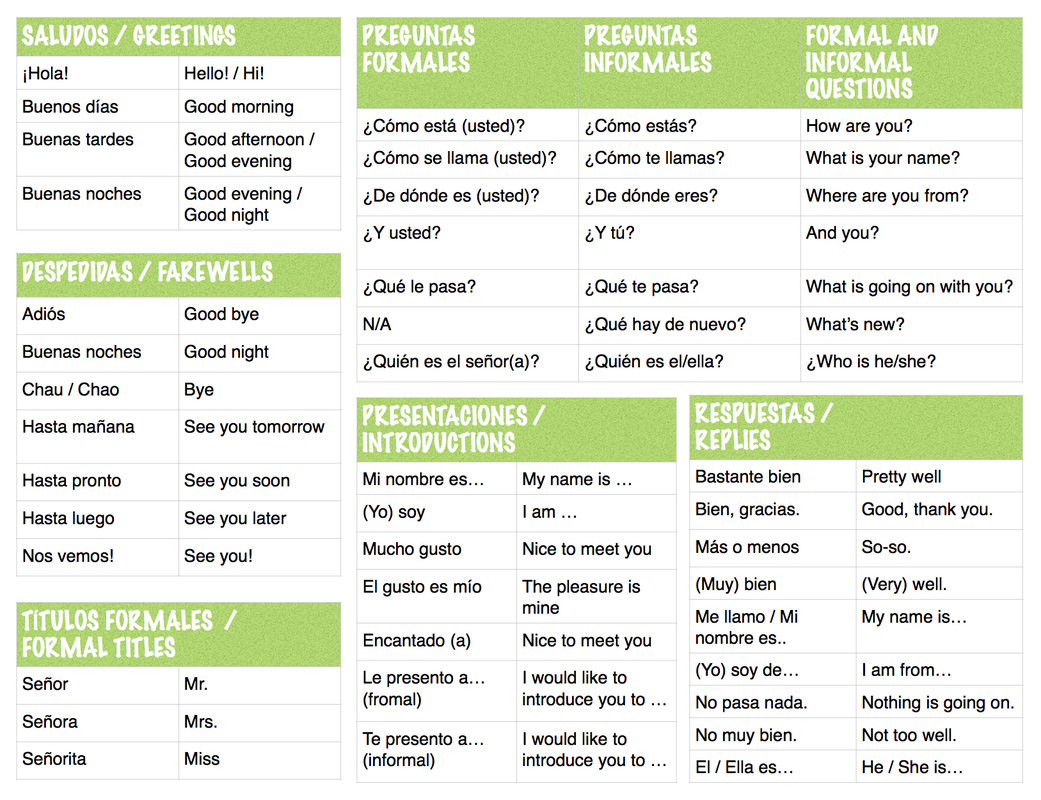|
In this freebie you will get one slide with instructions and 5 slides with different images, so students can formulate their own sentences using the list of -AR verbs. I suggest teachers make a copy for each students.
You can download a PDF with instructions to make your own Google Drive Slides copy using this link! I hope you enjoy this. Please tag me @habla_llama if you use your products in you classes, I love to see them being used. If you want to see way in which I use these resources and want to stay updated on new things coming up, follow me on Instagram @habla_llama
0 Comments
In this freebie you will get 31 slides with the most commonly used -AR verbs with images for each one and the English translation.
You can download the PDF with instructions to make your own Google Drive Slides copy using this link! I hope you enjoy this. Please tag me @habla_llama if you use your products in you classes, I love to see them being used. If you want to see way in which I use these resources and want to stay updated on new things coming up, follow me on Instagram @habla_llama In this freebie you will get two matching vocabulary activities and two fill in the blank activities. They are all digital and students only need to drag the letters to match each picture with the correct word or type in their answers in the blank spaces. I recommend teachers create a copy for each students.
You can download the PDF with instructions to make your own Google Drive Slides copy using this link! I hope you enjoy this. Please tag me @habla_llama if you use your products in you classes, I love to see them being used. If you want to see way in which I use these resources and want to stay updated on new things coming up, follow me on Instagram @habla_llama Hello there! I hope this is helpful for you!! You can head to this link from my TpT store to download my Slides for this unit for FREE!!!! I will soon be uploading some worksheets and game ideas in this post that you can use while you are teaching the verb gustar. ¡Buena suerte! - Jimena Aquí les dejo estas tarjetas con vocabulario de comida. Hoy las laminé, corté y las usé en clase para jugar memoria con mis alumnas. Son una manera genial para mantenerlas entretenidas e intentar que recuerden todo. Si gustan hacer el ejercicio un poco más difícil, pídanles que formulen una oración cada vez que le den vuelta a una tarjeta. ¡Suerte!
This vocabulary handout is super useful for my students. I always give them this at the beginning of the lesson so they can have something to refer back to. We do a lot of conversational Spanish and they definitely need to have this handy at first; with some practice, they learn to let go and practice the vocabulary on their own. By making it colorful, I'm helping them stay motivated and it's also easier for them not to loose the papers I give them.
|
|||||||


 RSS Feed
RSS Feed
